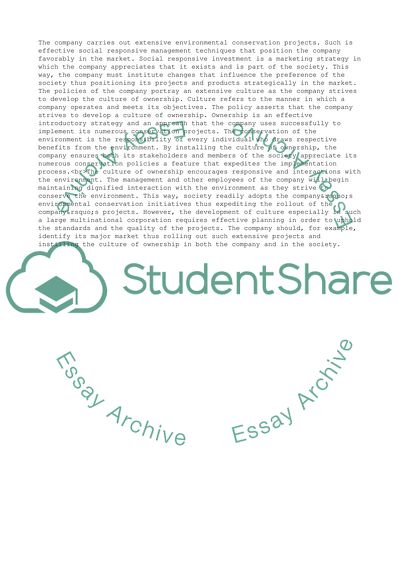Cite this document
(Understanding Organizational Culture at Pepsico Case Study - 1, n.d.)
Understanding Organizational Culture at Pepsico Case Study - 1. Retrieved from https://studentshare.org/management/1649566-ceo-project-pepsico
Understanding Organizational Culture at Pepsico Case Study - 1. Retrieved from https://studentshare.org/management/1649566-ceo-project-pepsico
(Understanding Organizational Culture at Pepsico Case Study - 1)
Understanding Organizational Culture at Pepsico Case Study - 1. https://studentshare.org/management/1649566-ceo-project-pepsico.
Understanding Organizational Culture at Pepsico Case Study - 1. https://studentshare.org/management/1649566-ceo-project-pepsico.
“Understanding Organizational Culture at Pepsico Case Study - 1”, n.d. https://studentshare.org/management/1649566-ceo-project-pepsico.


